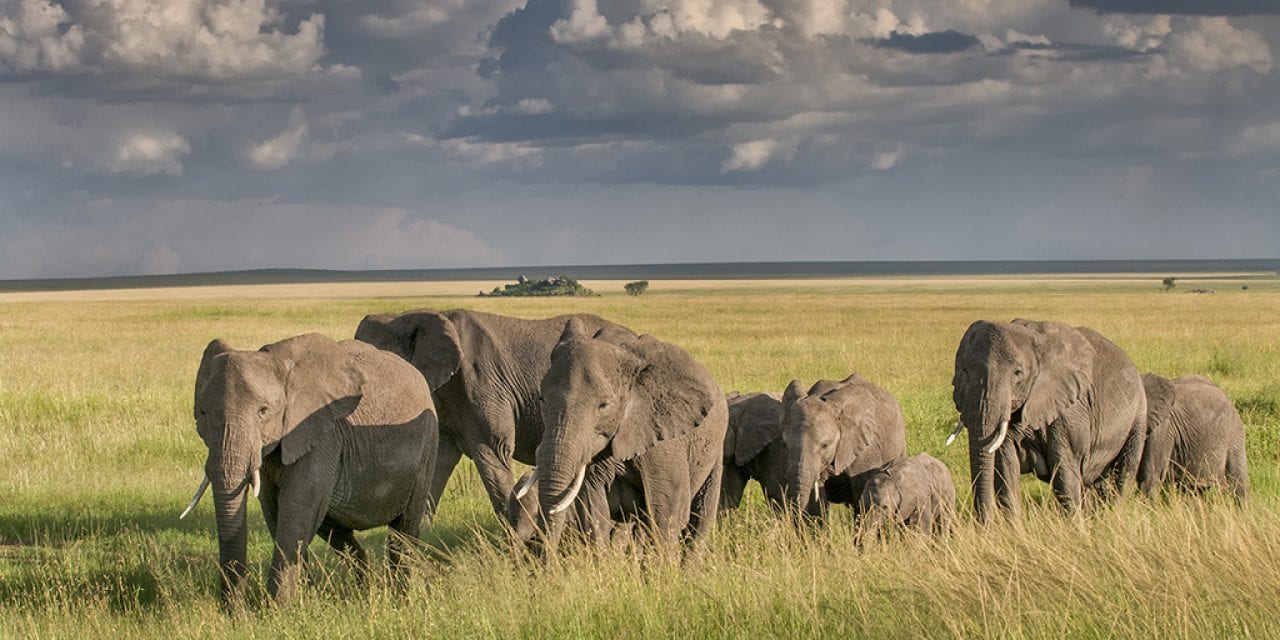
There are many rules and guidelines that relate to art. They correspond to composition, light, depth of field, color harmony, sharpness and so much more. They’re written and applied for good reason. The rule of thirds should be applied to create a successful composition. Mid-day light doesn’t work that well for a grand scenic, so it should be avoided. Always freeze motion when you capture action, etc. There are many rules that govern us and if they’re broken, a penalty has to be paid. The beauty of art is that rules can constantly be challenged to test their credibility. So throw caution to the wind, dust off your Break the Rules sneakers, be a rebel and make the mutiny bountiful. Test the waters to find an exception where breaking the rule nets you a fantastic image.
In regard to photography, “rules” and “guidelines” are used interchangeably. If you’re a very regimented person, this is a relief. A guideline infers a suggested path while a rule connotes a dictated path. So exhale, let down your guard and run through the trees while whistling a tune and think of a guideline to which you adhere and see if you can create a successful photo where you deliberately defy its inference.
You Need A Long Lens For Wildlife: Photographing wildlife is my passion. My 80-400mm lens is my workhorse as it offers versatility, it’s tack sharp and not too heavy. But sometimes it’s a bit too long! “A bit to long,” you gasp? Yes, there are times when I want to show the animal in its environment and I don’t always reach for the long prime or my workhorse. For small subjects and headshots, long lenses are essential to get in close, but for the environmental portrait, larger subjects or images where the entire sky is on fire and you want to include it in the frame, reach for the shorter lens. The image of the elephants above was made with my 70-200mm at 70mm, ƒ/9.

If You Want To Be Professional, You Have To Use Manual Exposure: Manual exposure certainly has its place, but 95 percent of my captures are made using aperture priority. If I’m photographing a white bird that flies in front of a blue sky, then dark foliage, then a deep shadow background and then bright green foliage, I use manual because I want to keep the exposure on the bird constant. Exposure compensation isn’t practical in this scenario. But for the large percentage of other captures, aperture priority, combined with exposure compensation, works well. I pose this thought. If person A professes manual is the ONLY way to go and person B uses a different exposure mode BUT each of their histograms are identical, what makes one mode better than the other? The bottom line is, don’t get caught up in feeling “put down” because you’re supposed to use one over the other. If what you use works, then it’s CORRECT for you.

Scenics Have to Be Horizontal: Rather than adhere to a rule or guideline, let the scene dictate the orientation of your camera. Conventionally, scenics are synonymous with a horizontal format but when exhausting all possibilities, test its vertical validity. It often necessitates a change in focal length to expand or contract what the camera sees, so experiment. Rotate the camera and zoom in or zoom out. You’ll often be pleasantly surprised that a vertical works just as well, if not better, than the horizontal.

ALWAYS Show the Eyes: Years ago, one of my Tips of the Week referenced one of my favorite expressions: The Eyes Are The Gateway To The Soul. In it, I wrote about the importance of expression in the eyes. If they don’t express emotion, the connection with the viewer is weak. While this holds true, I thought about that particular Tip when I clicked the shutter of the accompanying image of the lion cub. It’s the closed eyes that emphatically tell the story of contentment in this image. I broke one of my own guidelines. Make the Mutiny Bountiful!
Visit www.russburdenphotography.com for information about his nature photography tours and safari to Tanzania.
The post Make The Mutiny Bountiful appeared first on Outdoor Photographer.
















